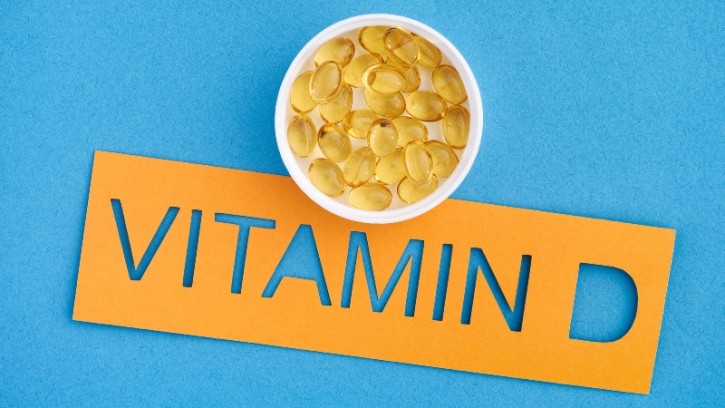Similar efficacy found between daily and intermittent supplementation of vitamin D – meta-analysis

The major circulating form of vitamin D is 25-hydroxyvitamin D (25(OH)D), whose levels are considered as the standard indicator of vitamin D status in the body. Vitamin D deficiency is typically defined as a serum 25(OH)D concentration of less than 50nmol/L.
Numerous studies have been conducted on the approach to vitamin D supplementation, with different focus areas such as daily supplementation, intermittent (weekly or monthly) supplementation, and high-dose supplementation.
Among these, hypercalcemia, associated with high-dose supplementation, has raised concerns. Moreover, compliance with daily supplementation may be challenging for some.
The lack of integrated evidence comparing the efficacy of daily and intermittent vitamin D supplementation in improving 25(OH)D levels has led a group of Chinese researchers to perform a network meta-analysis (NMA) on three databases, namely Medline, EMBASE, and the Cochrane Library.
A total of 116 studies involving 11,376 participants, systematically searched from inception to 10 November 2020, were included in this NMA.
Comprehensive comparisons were done for all randomised controlled trials (RCTs), including comparisons with placebo or control, and different dosages and frequencies of vitamin D supplementation.
Based on the Surface Under the Cumulative Ranking (SUCRA) score, although daily vitamin D supplementation had a higher rank value than intermittent supplementation when the dosage was similar, no statistically significant pooled mean differences of 25(OH)D concentration were noted between the two groups.
Furthermore, weekly supplementation with a total of 600,000 IU vitamin D supplementation for three months was found to have the best efficacy in raising 25(OH)D concentration (pooled MD = 63 nmol/L, 95%CI: 49–77).
“Generally, we observed that 25(OH)D concentrations were significantly elevated by vitamin D supplementation, regardless of frequency.
“Additionally, we found that to achieve optimal 25(OH)D concentration of more than 75 nmol/L, individuals should consume at least 60,000 IU of vitamin D supplements monthly,” the authors wrote.
Potential of intermittent supplementation
According to the authors, vitamin D deficiency affects populations worldwide, with a prevalence rate ranging from 24% in the US to 90% in the Middle East.
Vitamin D deficiency has been reported to be linked to various health conditions, including skeletal diseases, cardiovascular diseases, diabetes, depression, neurodegenerative disorders, and cancer.
Several factors contribute to this nutrient deficiency, such as ageing, inadequate outdoor activity, excessive sun protection, insufficient dietary intake, and obesity.
Notably, a previous study found that intermittent supplementation resulted in a rapid increase in 25(OH)D levels during the first week, followed by a slow decline; while daily supplementation brought a gradual rise in 25(OH)D concentration, reaching a plateau at around the one-month mark.
“No significant difference in 25(OH)D levels was demonstrated at the endpoint between the intermittent and daily groups, but the area under the former’s SUCRA curve was greater.
“This indicates that the body maintained a higher 25(OH)D concentration with intermittent supplementation, which indirectly suggests a bigger benefit over daily supplementation.”
It should be noted that the current NMA has several limitations.
Firstly, high heterogeneity was observed due to the large number of studies that were included. As multiple comparisons were made, it increased the risk of type I error (false-positive) and inconsistency.
In addition, the number of trials in some situations was small. For example, only four trials were included in the analysis of 36,000 IU of vitamin D supplementation over a two-month period.
“Nevertheless, the findings across multiple combinations were consistent,” the authors added.
Source: Frontiers
https://doi.org/10.3389/fnut.2023.1168115
“Efficacy of intermittent versus daily vitamin D supplementation on improving circulating 25(OH)D concentration: a Bayesian network meta-analysis of randomized controlled trials”
Authors: Yan Zhuang, et al


















